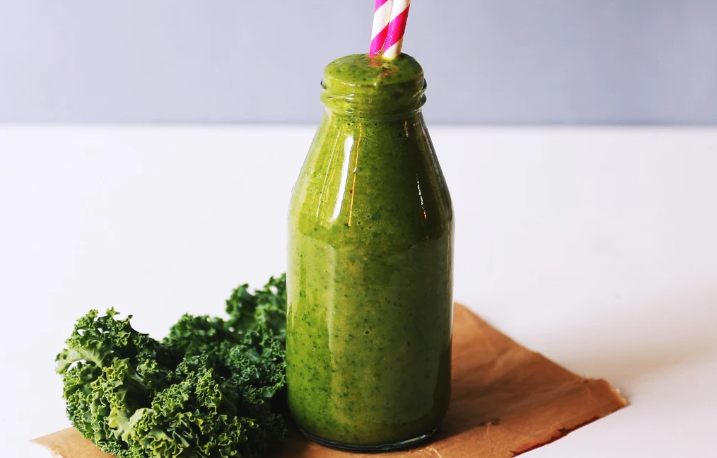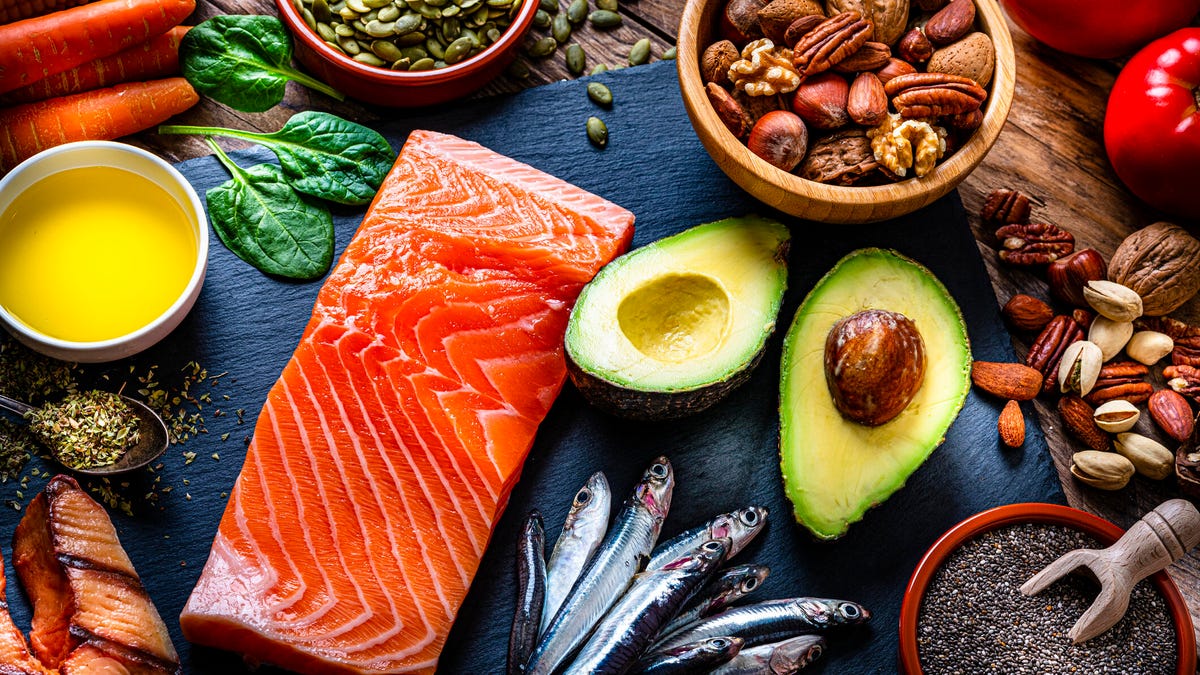The limit for nutrients is based on the Daily Value (DV), or amount of nutrients to consume each day, and varies depending on the food.
The FDA mentioned, for example, that “cereal would need to contain three-quarters of an ounce of whole grains and contain no more than 1 gram of saturated fat, 230 milligrams of sodium and 2.5 grams of added sugars.”
Empowering consumers to make better choices
The updated definition of “healthy” food by the FDA is a hopeful step in the right direction. The agency not only wants to empower consumers, but also improve the food supply by manufacturers, creating food that contains more fruits, vegetables and whole grains to meet the updated criteria of the definition.
The FDA also participated in the White House’s Conference on Hunger, Nutrition, and Health recently, the first conference held in over 50 years, and vowed to continue taking steps in supporting the efforts to improve nutrition and health. These steps include creating “a healthier food supply through its recently released guidance to reduce sodium in processed, packaged and prepared foods; to providing consumers with accessible nutrition information about the foods they eat; and to providing industry with recommendations on how to use dietary guidance statements on food labeling.”
Looking ahead
The agency revealed its future planned actions for improving health and dietary habits. Eventually, it wants to develop a front-of-package (FOP) labeling system to help consumers make better decisions, enable lowered sodium content of food, lower sugar consumption, continue educating the public on smarter eating habits and avoiding toxic elements in food, while providing outreach efforts.











